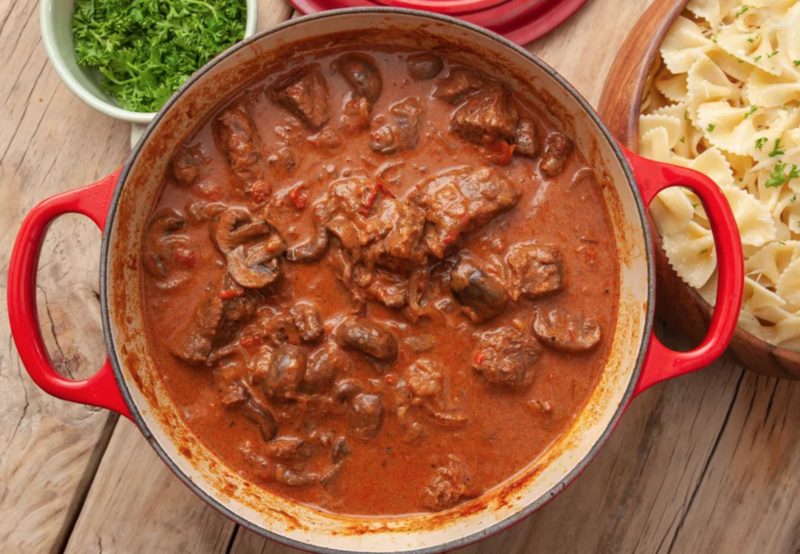HOW IT ALL BEGINS
Making Goulash. The word itself conjures images of a bubbling pot, filled with tender meat and vegetables, releasing an aroma that warms the soul. While often associated with Hungarian cuisine, variations of goulash exist across Central and Eastern Europe, all sharing the common thread of rich flavors and comforting warmth. For beginners, diving into the world of goulash might seem intimidating, but with a few key techniques, you can easily create a delicious and satisfying meal.
The foundation of any good goulash lies in the quality of its ingredients and the patience with which it’s crafted. Start with a cut of beef suitable for slow cooking, such as chuck or round. These cuts have more connective tissue that breaks down during the long simmering process, resulting in incredibly tender meat. Don’t skimp on the paprika; it is the heart and soul of goulash. Use a combination of sweet paprika for warmth and a touch of smoked paprika for depth. Onions are essential, providing the base flavor and sweetness. Dice them finely and sauté them gently until they are softened and translucent, allowing their natural sugars to caramelize.
SEGMENTATION
The browning of the beef is a critical step that shouldn’t be rushed. In batches, sear the beef in hot oil until it forms a beautiful, dark crust. This process, called the Maillard reaction, is essential for developing those deep, complex flavors. Cook till brown and remove from heat.. In the same pot, sauté your onions. Once they are translucent, add your paprika and stir it well with the onions, ensuring it doesn’t burn. Then, return the beef to the pot, and add liquids – often beef broth and a bit of tomato paste or diced tomatoes. The tomato element adds a touch of acidity and depth.
Now, the most crucial part: patience. Let the goulash simmer, covered, for at least two hours, or until the beef is fork-tender. This low and slow approach of making goulash allows the flavors to meld and develop into that characteristic, rich goulash taste. During the simmering process, feel free to add additional vegetables like potatoes, carrots, or bell peppers, depending on your preference. Remember, don’t overcrowd the pot; this can lower the temperature and hinder the simmering process.
DISHING THE MEAL OUT
Finally, before serving, taste and adjust seasonings. You might need to add a touch more salt or pepper. If the goulash is too thin, you can simmer it uncovered for a while longer or use a cornstarch slurry to thicken it. Traditionally, goulash is served with dumplings, egg noodles, or a dollop of sour cream.
Making goulash is an experience. Don’t be afraid to experiment with spices and vegetables to find your perfect flavor profile. This hearty, flavorful dish is a testament to the power of slow cooking and will become a staple in your kitchen as you master the simple techniques. So, gather your ingredients, put on some music, and get ready to enjoy the process of creating a comforting and delicious goulash.
